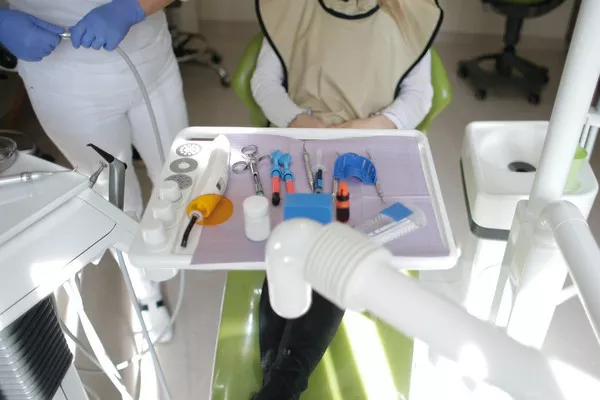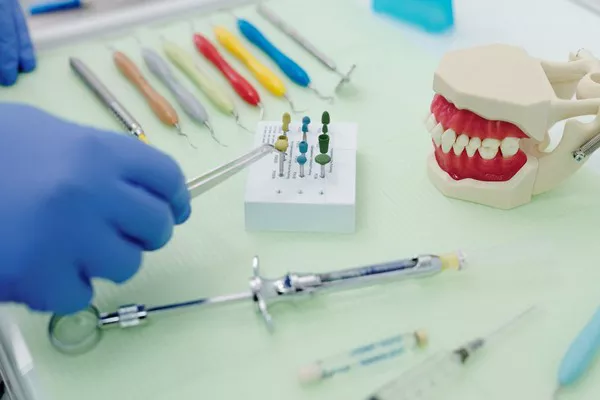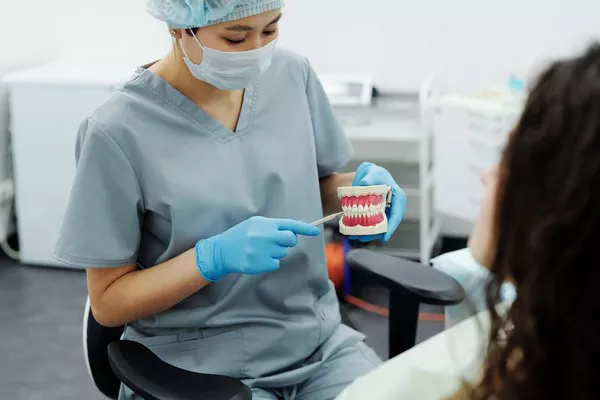Teeth whitening strips have become increasingly popular as an accessible and effective method for achieving a brighter smile. However, one common question that arises is, “How long should I leave whitening strips on?” In this comprehensive guide, we will delve into the topic of teeth whitening strip duration to help you understand the optimal usage time for achieving desired results while ensuring dental safety.
I. Understanding the Composition of Teeth Whitening Strips :
Before exploring the ideal duration for using teeth whitening strips, it’s important to understand their composition. Most whitening strips consist of thin, flexible polyethylene strips coated with a bleaching gel containing hydrogen peroxide or carbamide peroxide. These active ingredients work by penetrating the enamel, breaking down stains and lightening tooth color.
II. Factors Influencing Whitening Strip Duration :
Several factors can influence the duration for which you should leave whitening strips on your teeth:
Product Instructions:
Each teeth whitening strip brand provides specific instructions regarding usage duration. It is crucial to carefully read and follow the manufacturer’s guidelines to ensure optimal results and avoid potential side effects.
Strength of Bleaching Agent:
Different whitening strip formulations may contain varying concentrations of the bleaching agent. Strips with higher levels of peroxide often require shorter application times, whereas those with lower concentrations may necessitate longer durations for effective whitening.
Tooth Sensitivity:
Individuals with pre-existing tooth sensitivity should exercise caution when using whitening strips. If you experience discomfort or heightened sensitivity while wearing the strips, it may be necessary to reduce the duration of application or switch to a product specifically formulated for sensitive teeth.
Stain Severity:
The severity of tooth discoloration can influence the recommended duration for using whitening strips. Stubborn or deep stains may require longer treatment durations, whereas mild discoloration may respond well to shorter application times.
III. General Guidelines for Whitening Strip Duration :
While specific instructions provided with the product should always be followed, the following general guidelines can help you determine an appropriate duration for using teeth whitening strips:
Start with the Minimum Recommended Time:
Begin by following the minimum recommended application time stated by the manufacturer. This allows you to gauge your tooth sensitivity and assess how effectively the strips work on your teeth.
Gradually Increase Duration:
If you experience no adverse effects or excessive sensitivity during initial applications, you can gradually increase the application duration as instructed. This stepwise approach helps minimize potential discomfort and ensures safety.
Consider Treatment Frequency:
Besides the duration of each application, treatment frequency also plays a role in achieving desired results. Some whitening strips require daily use, while others recommend alternate-day or weekly application. Follow the frequency guidelines outlined by the manufacturer for optimal outcomes.
Monitor Tooth Sensitivity:
Pay close attention to any signs of increased tooth sensitivity during and after using whitening strips. If sensitivity becomes problematic or uncomfortable, reduce the duration of application or consult with a dental professional for guidance.
IV. Potential Risks and Precautions :
To ensure proper usage and minimize potential risks associated with teeth whitening strips, consider the following precautions:
Consult with a Dental Professional:
If you have underlying dental conditions, such as cavities, gum disease, or dental restorations (e.g., fillings, crowns, veneers), it is advisable to consult with a dental professional before using whitening strips. They can evaluate your oral health and provide personalized recommendations.
Avoid Prolonged Use:
Extended or excessive use of whitening strips can lead to enamel erosion and tooth sensitivity. Stick to the recommended treatment duration and avoid using the strips for longer periods than advised.
Maintain Oral Hygiene:
While using whitening strips, it is crucial to maintain regular oral hygiene practices. Brush your teeth gently but thoroughly before applying the strips to ensure optimal contact between the gel and your teeth.
Minimize Gel Contact with Gums: Overexposure of the bleaching gel to the gums can cause irritation or chemical burns. Take care to align the strips properly with the teeth, ensuring they avoid direct contact with the gum line.
Related Topics:






























